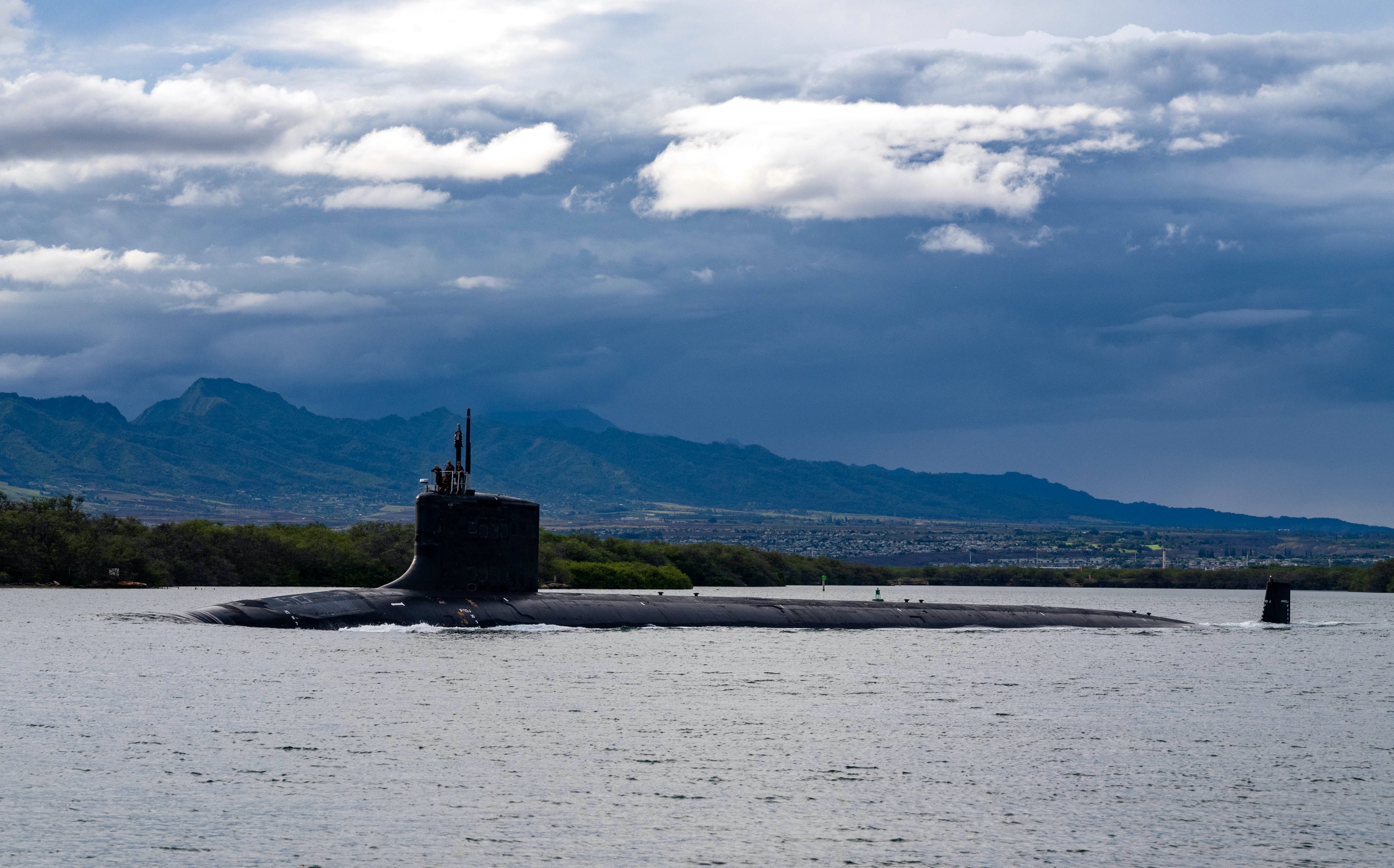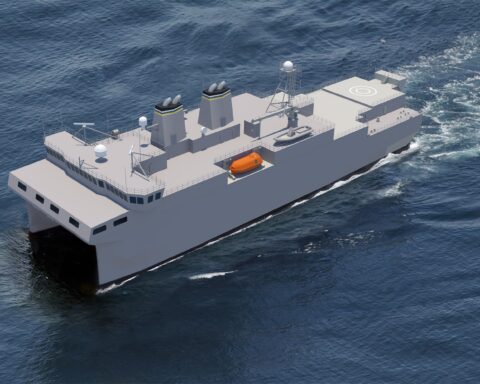The following is the Fiscal Year 2019 U.S. Navy 30-year shipbuilding plan, released by the service on March 21, 2019.
From the report
I. Reporting Requirement
This report is submitted per Section 231 of Title 10, United States Code. Appendices 1-8
provide supporting details. Appendix 8 is controlled under limited distribution.
II. Submission of the Report
This report is the Department of the Navy’s (DoN) 30-year shipbuilding plan for FY2020-FY2049. The FY2020 President’s Budget (PB2020) provides planned funding to procure the ships included in the FY2020-FY2024 Future Years Defense Program (FYDP). Per the FY2019 National Defense Authorization Act (NDAA), the estimated operations and sustainment costs required to support the vessels delivered under the shipbuilding plan are included in Appendix 5. Unless otherwise noted, funding levels are shown in constant year (CY) FY2019 dollars.
III. Key Themes in this Report
The National Defense Strategy and the Navy Strategy provide the overarching high-level requirements for the Navy the Nation Needs, the Navy’s enduring plan for building and sustaining a lethal, resilient force through balanced investments across readiness, capability, and capacity. This 30-year shipbuilding plan is the foundation of the Navy’s future, with the following highlights:
- Continues the driving themes of adaptability, agility, and efficiency in both the ships and the industrial base that builds them, while pursuing the Secretary of the Navy’s reform initiatives across a number of measurable process improvements in acquisition and program execution.
- Acts on the FY2018 NDAA supporting the Navy’s validated minimum requirement of the correct mix of 355 battle force ships, and the FY2019 NDAA direction to include estimated sustainment costs for a larger fleet within the context of a balanced investment plan.
- Demonstrates the powerful combined impact of predictable shipbuilding profiles and stable, on-time funding (absent a continuing resolution), and portends the potential damaging impact of Budget Control Act sequestration on the future success of this plan.
- Includes procurement of 55 battle force ships within the FYDP and rebalances service life extensions (SLE) to produce a steady ramp to the aggregate goal of 355 approximately 20 years sooner than last year’s plan. This steady profile provides a predictable forecast for supporting acquisition programs and reform efforts in shipbuilding, maintenance, and personnel management.
- Includes $4B in savings (18%) through a negotiated two-ship aircraft carrier procurement plan and removes one aircraft carrier refueling overhaul – the combined savings supports pursuing balanced investments in next generation capabilities.
- Captures the fiscal challenge of sustaining the shipbuilding plan while introducing serial production of the new Columbia-class SSBN.
- Discusses commercial shipbuilding challenges regarding recapitalizing the auxiliary fleet in support of the employment concept of Distributed Maritime Operations (DMO).”
IV. Force Structure Assessment and Fleet Architecture
Force Structure Assessments (FSA) are conducted in response to shifts in the threat analysis, changes in strategic guidance and/or operational concepts, and are typically conducted every few years. Because of the timeframes for designing and building ships, the long-term focus and periodicity of the FSA aligns well with industry’s ability to respond. For this year’s shipbuilding plan, the 2016 FSA remains the base requirement for the correct mix of 355 battle force ships.
In response to the latest National Defense Strategy, Navy Strategy and CNO’s Design for Maintaining Maritime Superiority 2.0, the Navy is on track to complete the next FSA by the end of 2019. Some of the key elements that will be reviewed include ongoing threat-based fleet architecture review, logistics in support of DMO, surface ship mix with the inclusion of the new frigate, deterrence per the National Defense Strategy, and legacy capital investments versus the efficacy of next generation capabilities.
The battle force detailed in the 2016 FSA is based upon war plan analysis and acceptable levels of strategic and operational risk in the context of complex Navy responsibilities. In addition to the 2016 FSA, and as directed by the FY2016 NDAA, Navy sponsored three independent studies of alternative future fleet architectures. The results of all sponsored studies and assessments, along with insights gained from ongoing war games and advanced capability development efforts, converged on the need for a substantially larger Navy. These results ultimately informed the FY2018 NDAA legislation that established the correct mix of 355 battle force ships as the minimum requirement.
Download document here.





